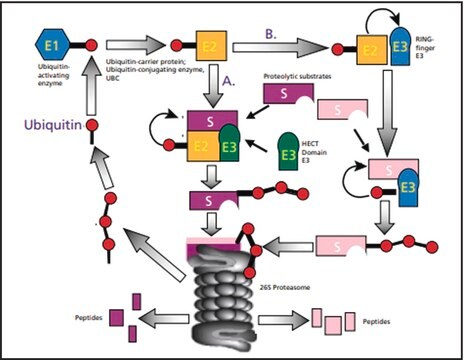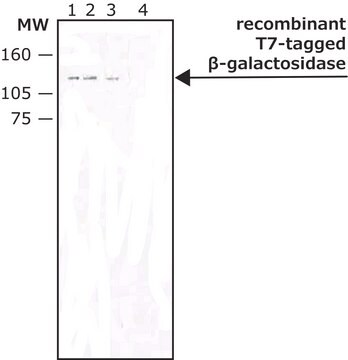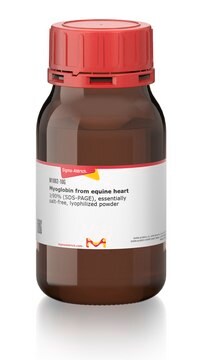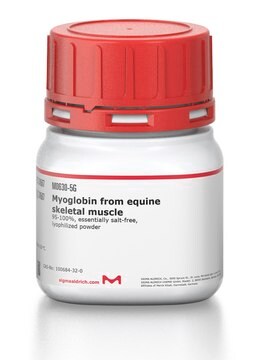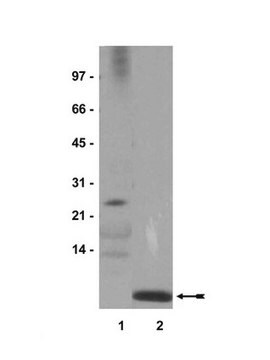U6253
Ubiquitin aus Rindererythrocyten
BioUltra, ≥98% (SDS-PAGE), essentially salt-free, lyophilized powder
Synonym(e):
ATP-dependent proteolytic factor, Ub
About This Item
Empfohlene Produkte
Biologische Quelle
bovine erythrocytes
Produktlinie
BioUltra
Assay
≥98% (SDS-PAGE)
Form
essentially salt-free, lyophilized powder
Lagerbedingungen
(Tightly closed. Dry)
Methode(n)
western blot: suitable
Verunreinigungen
salt, essentially free
Löslichkeit
water: 1 mg/mL, clear, colorless
UniProt-Hinterlegungsnummer
Lagertemp.
2-8°C
Angaben zum Gen
bovine ... LOC(101902760)
Suchen Sie nach ähnlichen Produkten? Aufrufen Leitfaden zum Produktvergleich
Verwandte Kategorien
Allgemeine Beschreibung
Ubiquitin is a highly conserved regulatory protein. It is found in all eukaryotic cells and is virtually identical across all forms of life including yeast, humans, and plants. ubiquitin structure contains seven Lys residues and an N-terminus, all of which are target sites for ubiquitination.
Anwendung
Ubiquitin from bovine erythrocytes can be used for in vitro ubiquitinylation assay. The product can also be used as a marker in western blotting.
Biochem./physiol. Wirkung
Angaben zur Herstellung
Antikörper
Lagerklassenschlüssel
11 - Combustible Solids
WGK
WGK 3
Flammpunkt (°F)
Not applicable
Flammpunkt (°C)
Not applicable
Persönliche Schutzausrüstung
Eyeshields, Gloves, type N95 (US)
Analysenzertifikate (COA)
Suchen Sie nach Analysenzertifikate (COA), indem Sie die Lot-/Chargennummer des Produkts eingeben. Lot- und Chargennummern sind auf dem Produktetikett hinter den Wörtern ‘Lot’ oder ‘Batch’ (Lot oder Charge) zu finden.
Besitzen Sie dieses Produkt bereits?
In der Dokumentenbibliothek finden Sie die Dokumentation zu den Produkten, die Sie kürzlich erworben haben.
Kunden haben sich ebenfalls angesehen
Unser Team von Wissenschaftlern verfügt über Erfahrung in allen Forschungsbereichen einschließlich Life Science, Materialwissenschaften, chemischer Synthese, Chromatographie, Analytik und vielen mehr..
Setzen Sie sich mit dem technischen Dienst in Verbindung.
